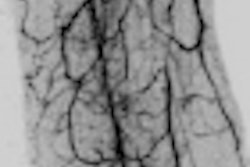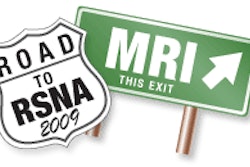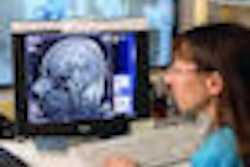3D time-of-flight MRA was performed for 3,414 cases at Ehime University School of Medicine in Ehime in 2006. The patients included 1,453 men and 1,961 women, with a mean age of 65.7 years.
In the retrospective review, unruptured intracranial aneurysms were found in 286 (8.4%) of the 3,414 cases with 3-tesla MRA. The locations of single aneurysm cases varied from the anterior cerebral artery, including anterior communicating artery, middle cerebral artery, internal carotid artery, and basilar artery. In 30 cases, multiple aneurysms were found.
3-tesla MRA also was able to better detect smaller aneurysms, as sizes varied with 143 lesions of less than 3 mm, 94 lesions from 3 to 5 mm, 34 lesions from 5 to 7 mm, 11 lesions from 7 to 10 mm, and four larger than 10 mm.
"Size, shape, and age are very important factors of management," said Dr. Hitoshi Miki, lead author from the department of radiology at Ehime. "Furthermore, size and shape are considered factors of rupture, so the management of UIAs through operation or follow-up was usually decided mainly by a size of larger than 1 cm, shape, and age [contraindication of surgery over 70 years old]."
The study concluded that the frequency of unruptured intracranial aneurysms on screening 3-tesla MRA was higher than that of past screening results with 1.5-tesla MRA, with greater detection of small aneurysms less than 3 mm in size.



















